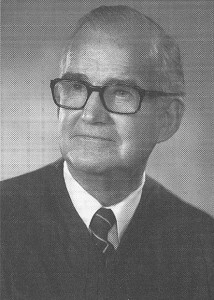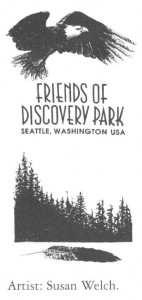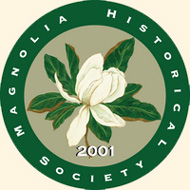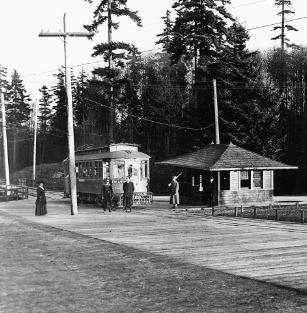As published in the Magnolia News…
by Monica Wooton,
President, Magnolia Historical Society
Then…
Just over forty years ago on September 2, 1972 the front page of the Seattle Times read: “Finally, It’s Fort Lawton Park”. The sub-headline was “Patricia Nixon Cox, darts in and delivers deed”. Ironically, this was the culmination of a huge amount of work by Senator Henry “Scoop” Jackson, a short-lived presidential hopeful against President Richard Nixon that same year.
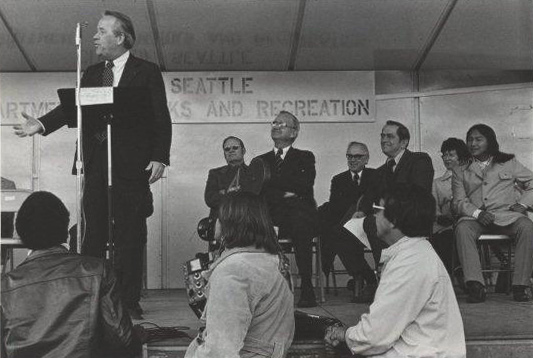
facing camera: Senator Henry Jackson, unnamed, Don Voorhees, Robert Kildall, Dave Torone, Barbara MacIntiosh-Magnolia Community Club President, Berrnie Whitebear United Indians of All Tribes at the dedication October 28, 1973 – a year after the deed transfer ceremony.
Photo John M. Morse-Courtesy of Robert Kildall.
Kit Oldham outlines the history on HistoryLink.org: “Jackson, along with conservative southern senators, pressured the [Johnson] administration to develop an anti-ballistic missile (ABM) system that was supposed to protect American targets from a nuclear missile attack. [President] Johnson agreed, and Fort Lawton, a military base in Seattle, was selected in 1967 as one of the ABM locations. This triggered a storm of protest from constituents that put Jackson in a bind. Seattle residents were looking forward to having under-utilized Fort Lawton become a park and they feared the ABM installation would make the city a prime target for attack. Jackson tried to defuse the opposition by convincing the Army to move the ABM site across Puget Sound to Bainbridge Island and Port Gamble, but residents there were equally opposed.
”When Richard Nixon…succeeded Johnson as president in 1969, Jackson persuaded him to place ABM missile sites in lightly populated areas, thus keeping them from Puget Sound altogether.”
“Jackson sought to mollify his Seattle critics by making the surplus military installation available for a park. He pushed through the Federal Lands for Parks and Recreation Act, which made surplus federal land in metropolitan areas available for parks at little or no cost to local authorities. Cities across the country used the act to acquire federal property as parks. However, Jackson’s position triggered another controversy over Fort Lawton. Northwest Indian leaders who wanted to reclaim the site as an Indian cultural center were angered by Jackson’s apparent decision to give the property to Seattle. In 1970, Indian activists and supporters “invaded” the fort and staged a sit-in to highlight their demands. They were soon removed but the controversy continued until a compromise, which Jackson helped broker, gave most of Fort Lawton to Seattle as Discovery Park, on condition that 20 acres be leased to United Indians of All Tribes, who opened the Daybreak Star Cultural Center there in 1977.”
“Nixon then running for re-election sent his daughter on a special mission to dispatch the deed. Jackson, the well-loved Washington Senator who had made the land transfer possible with his legislation, had just dropped out of a Presidential bid and was hardly notified of Cox’s coming to town to hand Seattle Wes Uhlman the official deed in a short ceremony. Jackson finding out about the event hastily re-arranged his schedule and participated, leaving right after it concluded and according to the Seattle Times article: “commented it would only be ‘only natural’ for a sitting President to take political advantage of such an event.”
According to Robert Kildall, Judge Donald S. Voorhees led the citizen effort to develop the Park during the anti ballistic missile debate and with his success is viewed as the father of Discovery Park. At Voorhees’ suggestion the park was named Discovery Park not Fort Lawton Park after the Captain Vancouver’s ship that first explored the Puget Sound and after the idea Voorhees had about the Park being a setting of constant discovery for children and adults in the years to come.
Now…
The Park celebrated its 40th without a bang and without the presence of any military as the last of the Reserve Units left in May. The cemetery remains the only military property left. The community participated in a process in which the City under The Base Re-Alignment and Closure Act slates a large section of the old reserve property adjacent to Kiwanis Ravine for development as a planned community with a low-income component and mixed-priced new homes. This has been on hold for several years due to a legality regarding the environmental statement process and is still on hold.
Naturalists Anne Bentley and Penny Rose remain the longest running employees at Discovery Park (23 and 20 years service respectively), as the Park and Park Department continue to receive budget cuts due to the economy and the priorities of the Mayor and Seattle City Council.
Friends of Discovery Park (FoDPD) founded by Robert Kildall after Judge Voorhees’ death, fought mightily to keep this land an open space-natural park, unlike Central Park in New York City or Stanley Park in Vancouver BC. Over a hundred suggested uses such as a golf course, a large fort historic district/cultural center, and an aquarium have been defeated to keep it as it is today. FoDP remains a working organization though the economy has also taken a toll on volunteerism there, as well.
They continue to uphold the intent of the Park Master Plan “Our purposes are to defend the integrity of Discovery Park; to create and protect there an open space of quiet and tranquility, a sanctuary where the works of man are minimized, appearing to be affected primarily by the forces of nature, a place which emphasizes its natural environment, broad vistas and unspoiled shorelines; and to promote the development of the Park according to a Master Plan responsive to these goals.” FoDP Bylaws 1974

